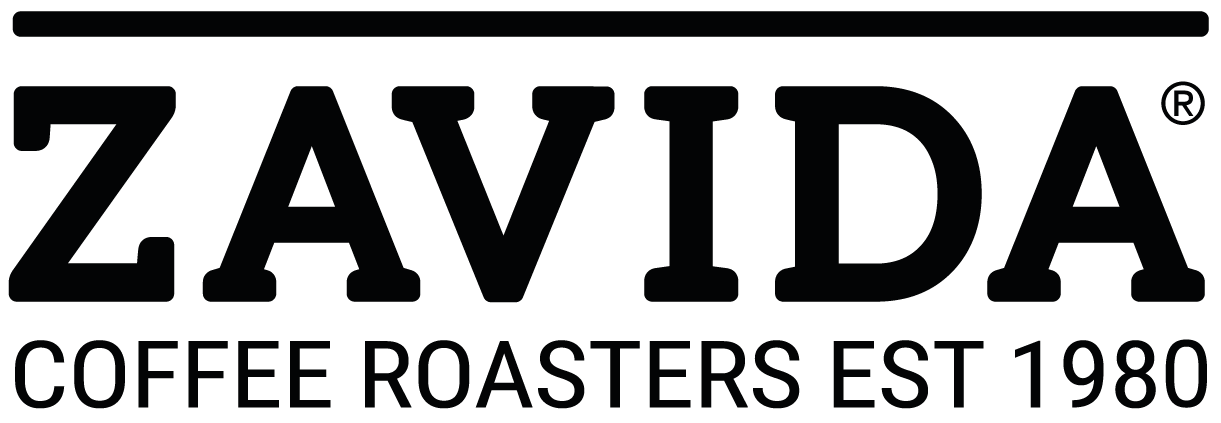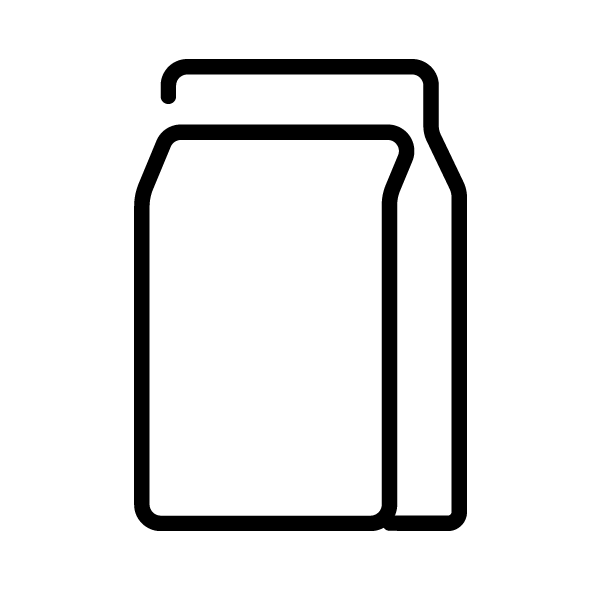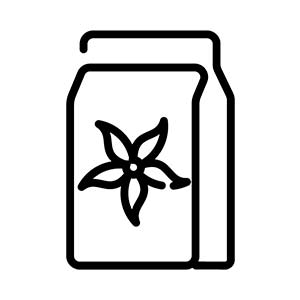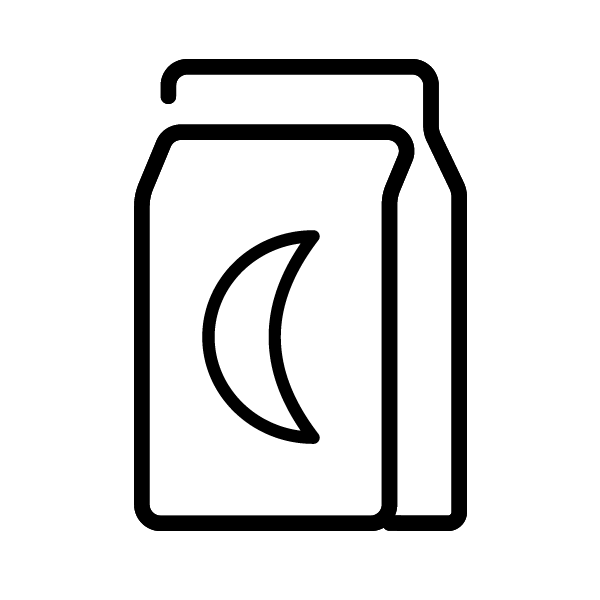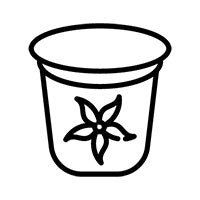How to Make Turkish Coffee with an Ibrik or Cezve
September 27 th to 29th, Ankara, Turkey's capital city is holding a 3-day festival celebrating coffee and chocolate. Among the features of the festival is a talk on the long history of coffee in Turkey. And quite a history it is, one that starts in 11th-century Ethiopia, the birthplace of the earliest coffee bushes. The beans were eaten and were also boiled in water to create a medicinal drink.
The History of Turkish Coffee
Travelers carried the beans throughout Northern Africa and the East. According to Turkish Coffee World, in the year 1555 C.E., the beans reached Istanbul (formerly known as Byzantium and Constantinople) courtesy of the Ottoman Governor of Yemen, Özdemir Pasha. There, someone went one better on the traditional method by roasting the beans over a fire, grinding them finely, and then brewing them in cold water in a container set in the ashes of a charcoal fire.
Coffee became so highly prized among the nobility that the palace created the position of Chief Coffee Maker. In time, it came to be available to the masses; a person could buy the beans and take them home for roasting, grinding, and brewing. Istanbul was a cultural crossroads; by the 17th century, merchants traveling between Europe and Asia introduced Turkish coffee to Venice. There the first coffee house was established in 1645. Coffee was then introduced to the rest of Europe and America by the 1660s. It became the new "in" drink, especially among the thinkers and movers of the day.
Features of Turkish Coffee
Turkish coffee is known for its deep, thick, black appearance and powerful taste. The unique feature about Turkish coffee is that the coffee grounds are boiled directly in water in an ibrik or cezve and included in the drink. Most other brewing methods percolate the coffee, which is the process of filtering water through ground coffee, and drinking the results of that.
What is Turkish Grind?
Turkish grind is extremely fine, almost like a powder, because you will actually be drinking it. Since the coffee is being boiled and consumed (instead of filtered), Turkish coffee is only consumed about 2 to 3 ounces at a time. You definitely won’t be filling up your travel mug with it!
What is an Ibrik?
An ibrik, also called a cezve, is a small traditional open pot with a long, straight handle. It is usually made of copper, brass, or stainless steel and can be used on modern cooking surfaces.
Instructions
To make the coffee:
- Stir ground coffee (and sugar, if desired) into cold water in the ibrik or cezve.
- Heat until the coffee begins to boil, creating a foamy head.
- Remove some of the foam and place in serving cup(s).
- After the coffee has boiled, pour into serving cups.
- Serve with a glass of water (take a sip between sips of coffee) and candy (chocolate or yes, a Turkish delight).
At Zavida, we're proud to offer a variety of medium dark to dark roast coffees suitable for making Turkish coffee. Try our sustainably-grown Organica Rainforest Alliance, or for decaf fans, our clean, aromatic, and fire-roasted Decaf Swiss Water Process Coffee.
